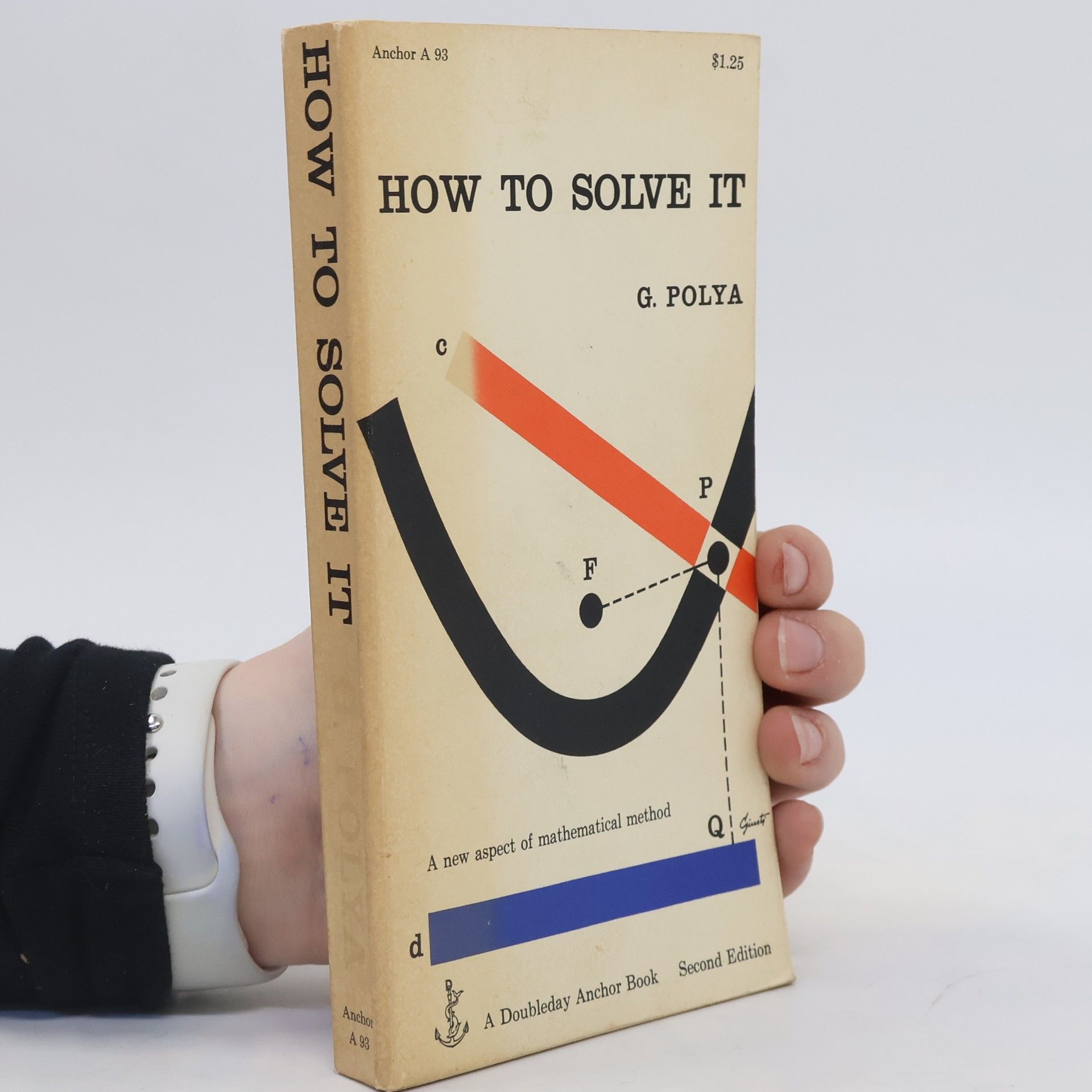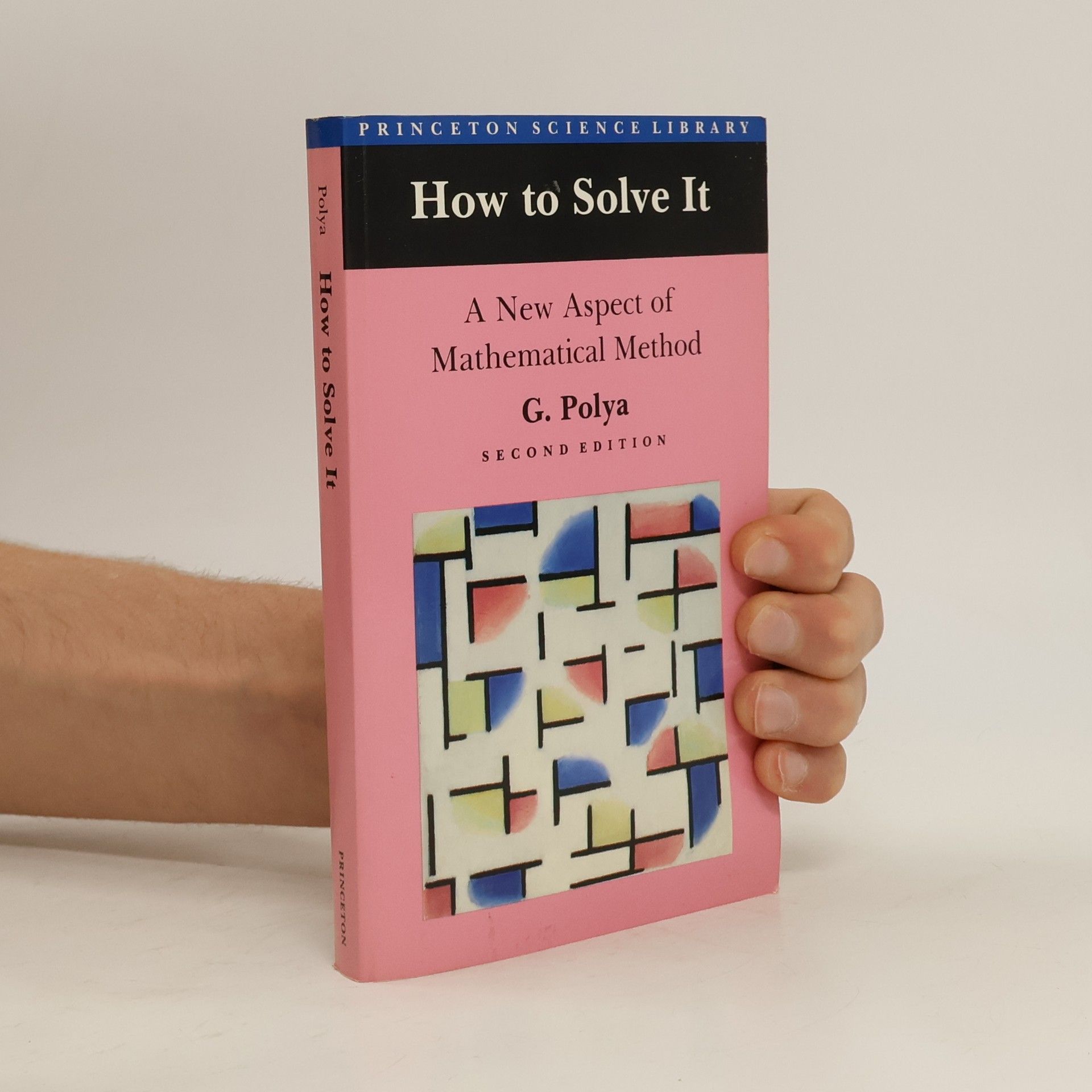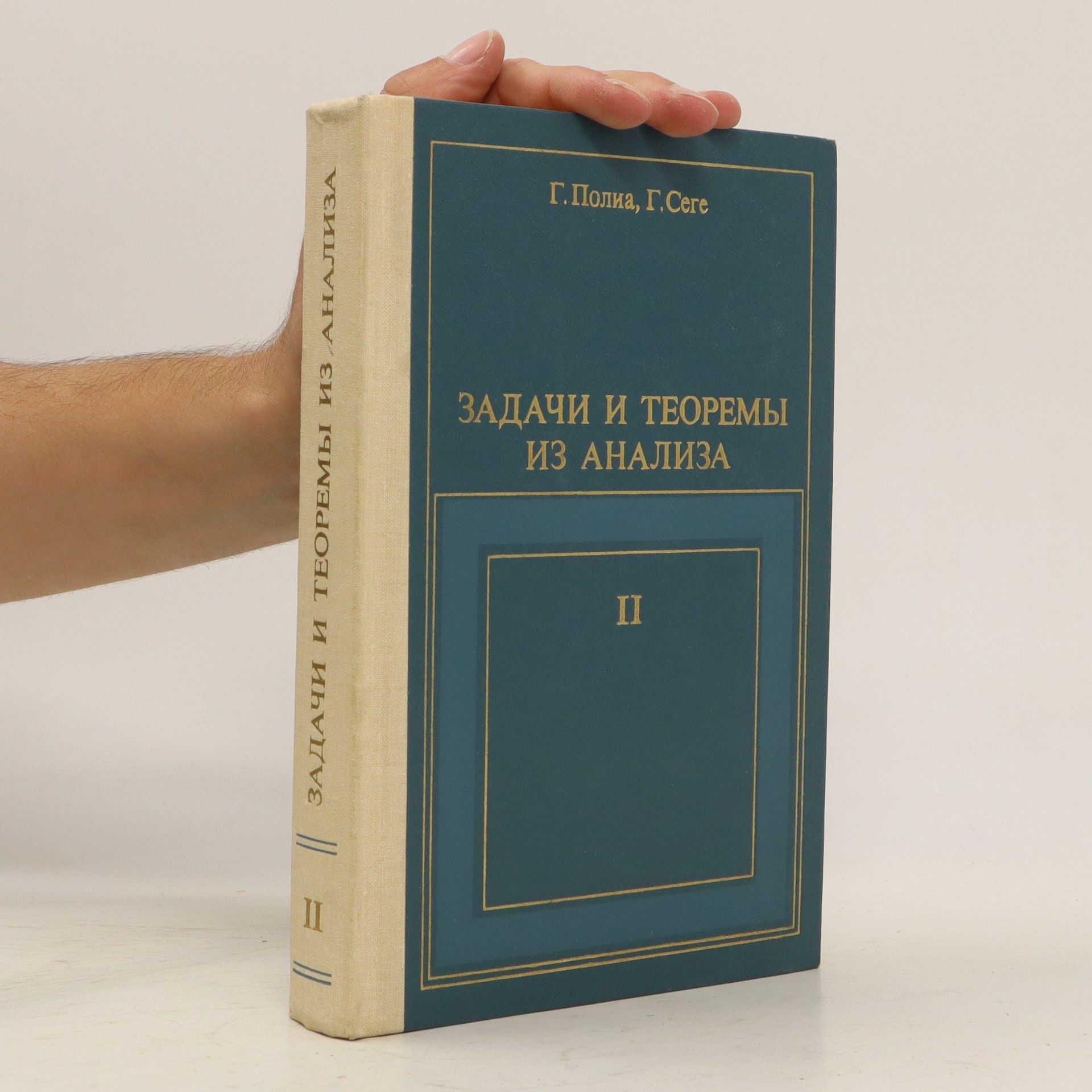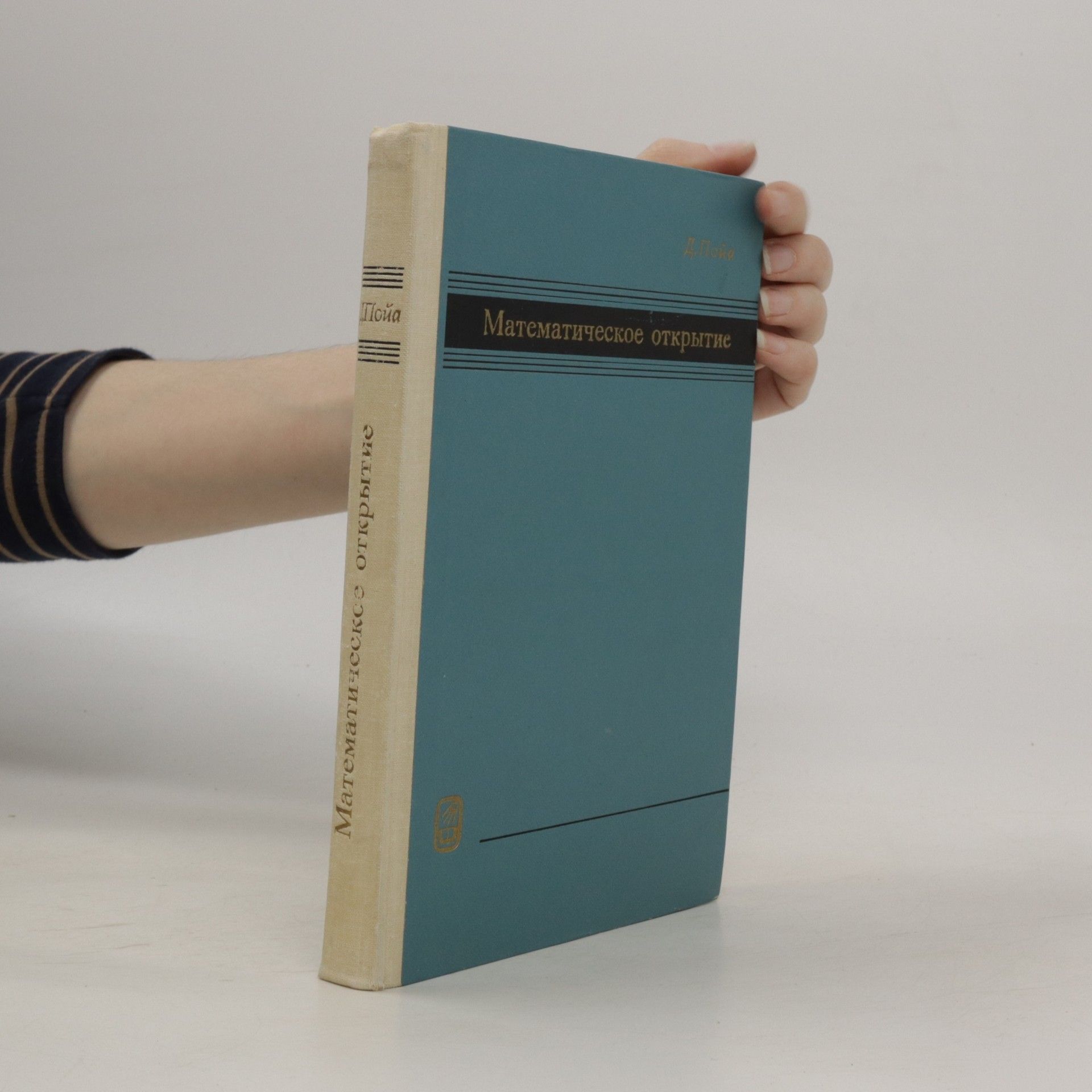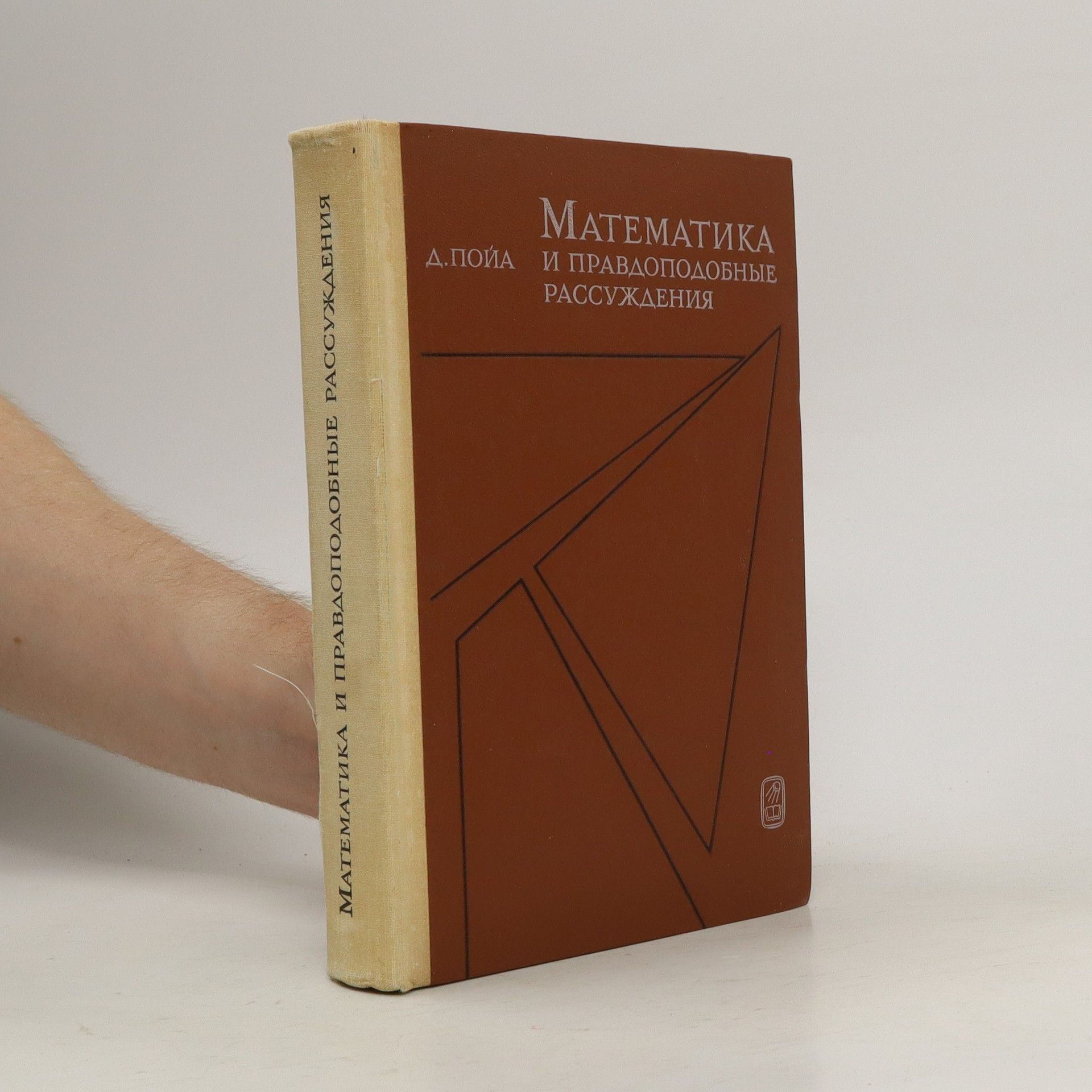Mathematics and Plausible Reasoning, Volume 1
Induction and Analogy in Mathematics
- 298pages
- 11 heures de lecture
Focusing on the art of plausible reasoning, this guide emphasizes the significance of intuition and guesswork in problem-solving, particularly within mathematics. Professor Polya illustrates how effective guessing can often surpass strict deductive methods in finding solutions. The first volume delves into induction and analogy, exploring various mathematical challenges while highlighting thought processes that lead to solutions, identifying common pitfalls, and discussing proof techniques. Engaging problems stimulate curiosity and foster inventive thinking.


